Bell UH-1 Iroquois Australian Army
Production Time 9 to 10 weeks
Shipment is by FedEx, UPS or DHL International Express Courier with a normal door-to-door delivery time worldwide of within 2-3 business days after dispatch. Due to the current volatility of world fuel prices, the amount mentioned here is our best estimate for DHL and UPS and may be subject to change at the time of shipping.

Model Description: Bell UH-1 Iroquois Australian Army Wood Replica Scale Custom Helicopter Model
Manufacturer: Textron Bell
Rotor Diameter: 13.5 Inches (34.3 Centimeters)
Height: 4.1 Inches (10.4 Centimeters)
Scale: 1:43
Registration: A2-488
$239.50
Production Time 9 to 10 weeks
-
United States dollar ($)
-
Pound sterling (£)
-
Euro (€)
-
Australian dollar ($)
-
Canadian dollar ($)
-
Singapore dollar ($)
-
Swiss franc (CHF)
-
Japanese yen (¥)
-
Danish krone (kr.)
-
Hong Kong dollar ($)
-
Norwegian krone (kr)
-
Swedish krona (kr)
-
United Arab Emirates dirham (د.إ)
General Product Description
Our PlaneArts Bell UH-1 Iroquois Australian Army model exhibits unique, unrivaled quality and detailed design to come as close as possible to the accuracy of the actual aircraft. It comes as standard with a robust, durable base or stand which is available in a variety of different finishes designed to match your own personal requirements including solid wood, wood with polished metal supports or adjustable wood wall mount and will be ready within about 9-10 weeks from placement of order.
The Bell UH-1 Iroquois Australian Army model is made of the finest kiln dried renewable mahogany wood (commonly known as Lauan or Meranti) which has undergone many stages of carving and meticulous and careful sanding giving the beautiful, finished museum quality masterpiece. Many collectors and model connoisseurs demonstrate their preference for genuine handmade and hand painted mahogany wood models rather than plastic or die cast (diecast) alternatives due to the overall look and totally different feel of the item - we trust you will find the same. We can however, if required produce the same model in Solid Cast Resin so just click and contact us for further information. Our craftsmen and gifted artisans ensure that our finely handcrafted model airplanes match the precise blueprint details of the original aircraft. The paint scheme, markings and parts are closely matched, reflecting the original aircraft. This stylish top-quality desktop replica model will surely enthrall anyone who receives this as a gift and for sure one of the most appropriate and desirably collectable gifts for any aviation enthusiast and avid helicopter model collector whilst also displaying a perfect resemblance to the actual real life heli.
If you require, we can also make the Bell UH-1 Iroquois Australian Army model in any other airline, private livery or colour scheme you require and if necessary, in a different size or scale. Just click here to contact us with a description or photographs of what you require, and we will let you have a quotation for the necessary customization by return email. We can also make bespoke scale replicas of any other private / civil commercial airliner or airliners, helicopter, glider, gliders with engines, military jet, warplane jets, propeller warplanes, biplane, triplane, tail fin, spacecraft, rocket or NASA model you require in any airline, military or civilian livery or colors. We also produce model airships, blimp, dirigible, blimps, boat and ship collectibles. Wall plaque or seal for military, government or private customers. Again, by clicking here to contact us just let us know exactly what you need.
*
The Bell UH-1 Iroquois in the Australian Army: A Legacy of Service
The Bell UH-1 Iroquois, affectionately known as the “Huey,” is an iconic helicopter with a rich history in the Australian Army. Its robust design, reliability, and versatility made it a critical asset for the Australian Defence Force (ADF) across various operations, most notably during the Vietnam War. This article explores the role of the UH-1 Iroquois in the Australian Army, its operational history, and its enduring legacy.
Introduction to the Bell UH-1 Iroquois:
The Bell UH-1 Iroquois was first developed in the 1950s by Bell Helicopter for the United States Army. It quickly became famous for its utility, capable of performing various tasks such as troop transport, medical evacuation (MEDEVAC), and close air support. The Huey’s distinct two-blade main rotor and tail rotor, combined with its powerful Lycoming T53 turboshaft engine, gave it exceptional agility and a unique sound that became synonymous with rotary-wing aviation.
The UH-1 Iroquois in the Australian Army:
The Australian Army acquired its first Bell UH-1B Iroquois helicopters in the early 1960s. The arrival of these helicopters marked a significant enhancement in the Army’s aviation capabilities. Initially, the UH-1Bs were used primarily for training and light utility purposes. However, their role expanded significantly during the Vietnam War, where the Australian Army Aviation Corps deployed the helicopters in combat for the first time.
During the Vietnam War, the Huey was indispensable to Australian forces. It was used for various missions, including troop insertion and extraction, resupply, MEDEVAC, and reconnaissance. The harsh terrain and dense jungles of Vietnam necessitated the use of helicopters, and the UH-1 Iroquois proved to be perfectly suited for the task. The Australian Army operated a fleet of UH-1H models, an upgraded version with a more powerful engine and increased payload capacity, which significantly enhanced their operational flexibility.
Vietnam War and the Huey’s Combat Role:
The Huey’s role in the Vietnam War was multifaceted. It served as a lifeline for ground troops, providing critical support in challenging and hostile environments. The helicopter’s ability to rapidly insert and extract troops from combat zones saved countless lives. Moreover, its use in MEDEVAC missions was invaluable, as it allowed for the swift transport of wounded soldiers to medical facilities, often making the difference between life and death.
One of the most notable operations involving the Australian UH-1 Iroquois was the Battle of Long Tan in August 1966. During this engagement, the Hueys played a crucial role in resupplying the beleaguered Delta Company of the 6th Battalion, Royal Australian Regiment (6 RAR), with ammunition. The timely resupply effort, conducted under heavy enemy fire and challenging weather conditions, was instrumental in the company’s ability to hold their position and ultimately repel the Viet Cong forces.
Post-Vietnam War Service:
After the Vietnam War, the UH-1 Iroquois continued to serve the Australian Army in various capacities. The helicopters were used for domestic operations, including disaster relief, search and rescue, and support to civil authorities. The versatile Huey also played a role in international peacekeeping missions, such as the Australian-led intervention in East Timor (Timor-Leste) in 1999. The Huey’s ability to operate in challenging environments made it a valuable asset in these operations, providing transportation, reconnaissance, and logistical support.
The End of an Era:
The Australian Army retired its fleet of UH-1 Iroquois helicopters in 2007 after over four decades of distinguished service. The decision to retire the Hueys was driven by the need for more modern and capable helicopters that could meet the evolving demands of military operations. The Eurocopter Tiger Armed Reconnaissance Helicopter and the MRH-90 Taipan Multi-Role Helicopter were among the new generation of helicopters introduced to replace the aging UH-1s.
Legacy of the UH-1 Iroquois in Australia:
The Bell UH-1 Iroquois holds a special place in the history of the Australian Army. Its service during the Vietnam War and beyond demonstrated its versatility, reliability, and resilience. The Huey’s distinctive “wop-wop” sound remains etched in the memories of those who served with it and the many Australians who witnessed its operations. The helicopter is remembered not only as a tool of war but also as a symbol of Australian ingenuity, courage, and camaraderie.
Today, several UH-1 Iroquois helicopters are preserved in museums and private collections across Australia, serving as a testament to their significant contribution to the Australian Defence Force. The legacy of the Huey lives on, inspiring new generations of aviators and reminding us of the important role this remarkable helicopter played in shaping modern military aviation.
Conclusion:
The Bell UH-1 Iroquois is more than just a helicopter; it is a symbol of a pivotal era in military history. Its service in the Australian Army is a testament to its reliability, versatility, and the vital role it played in shaping military operations. From the jungles of Vietnam to the rugged terrain of East Timor, the Huey has left an indelible mark on Australian military history. The legacy of the UH-1 Iroquois continues to be celebrated, ensuring that its story remains an integral part of Australia’s proud aviation heritage.
| Weight | 4 kg |
|---|---|
| Dimensions | 16 × 13.5 × 4.1 in |
Be the first to review “Bell UH-1 Iroquois Australian Army” Cancel reply
Similar Models
Helicopters
Helicopters
Helicopters
Helicopters
Helicopters
Helicopters
Helicopters
Helicopters
Helicopters
Helicopters
Helicopters
Helicopters
Helicopters
Helicopters

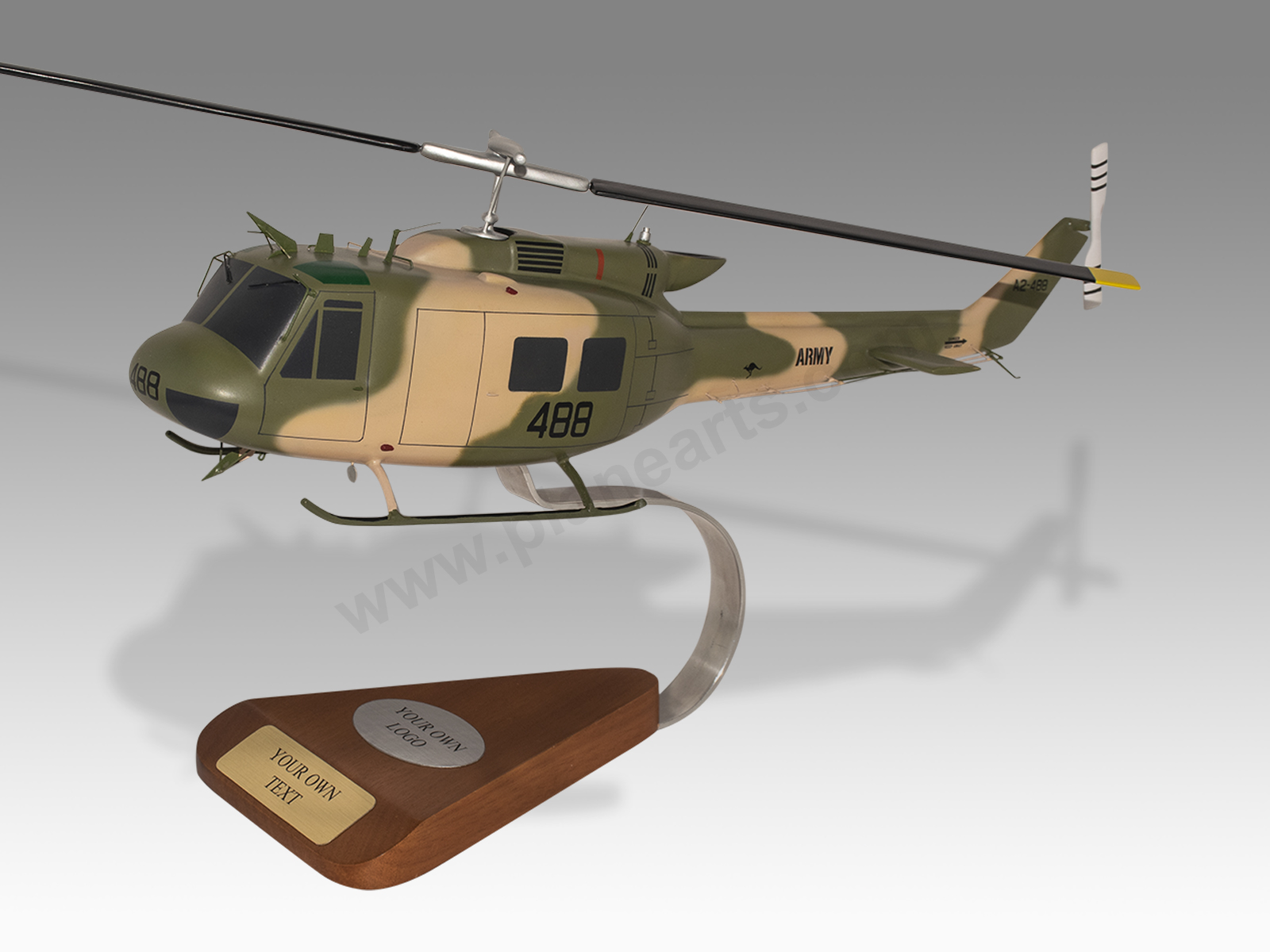


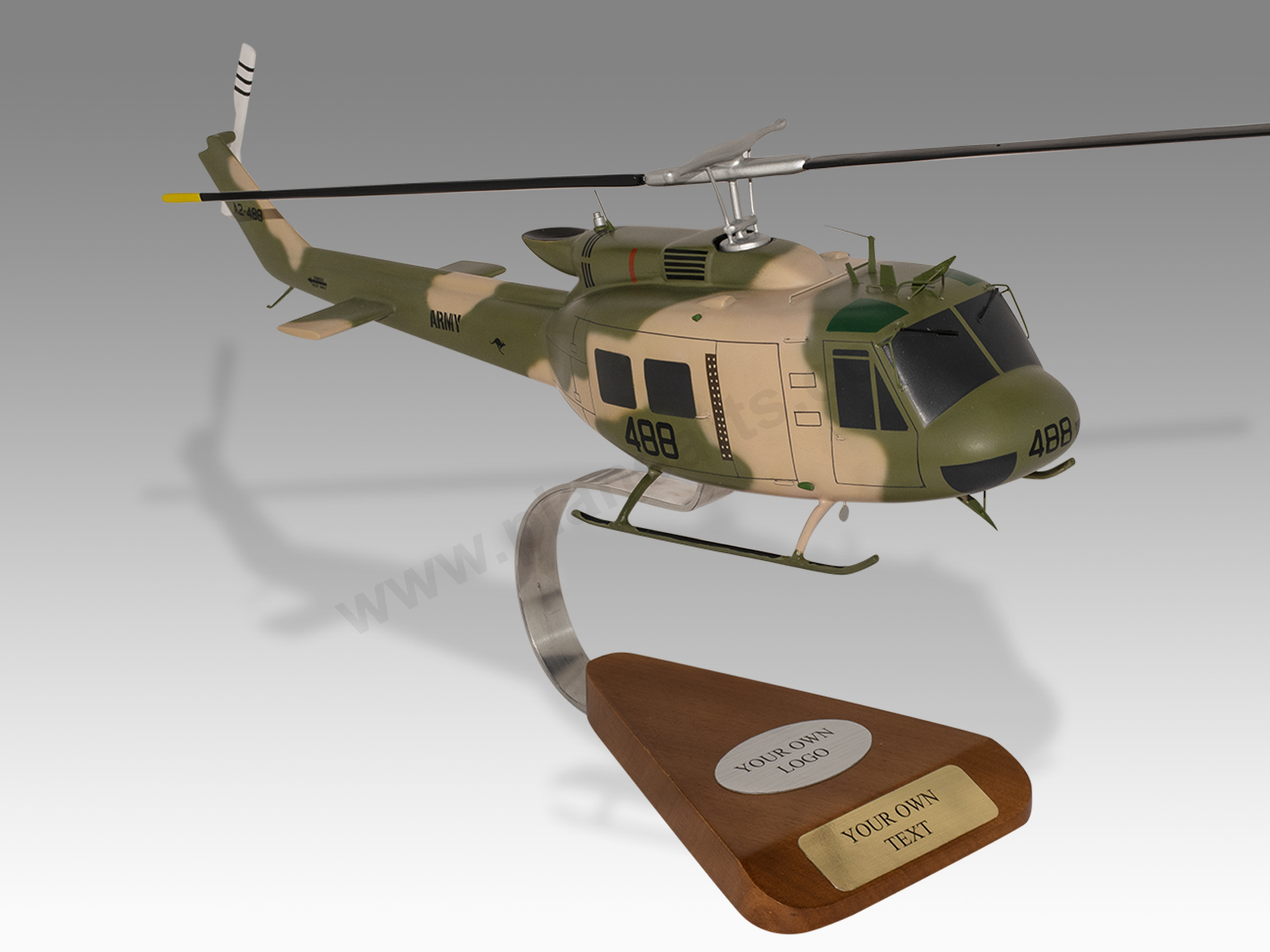

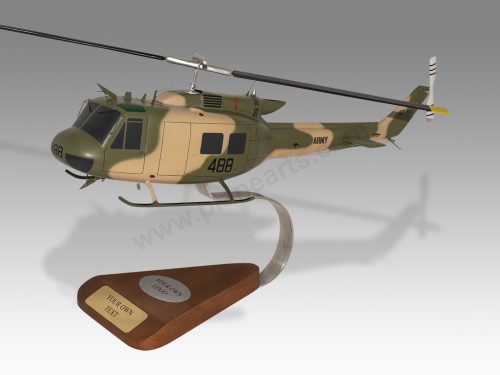
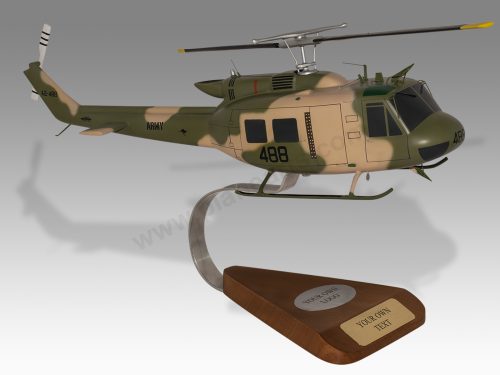
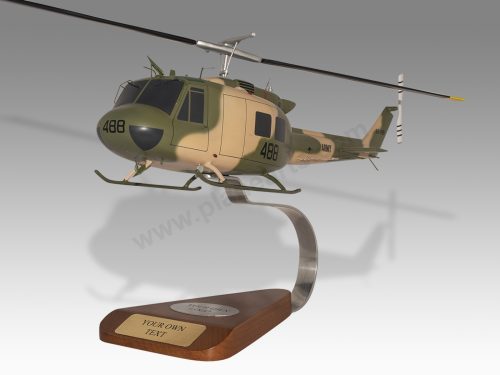
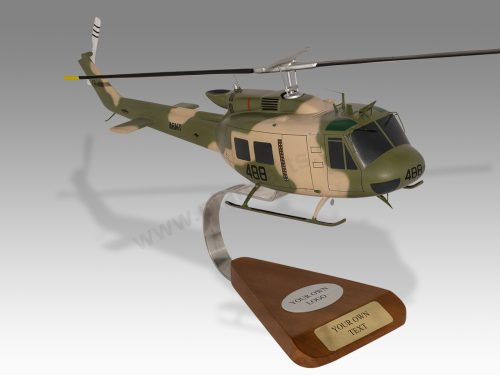

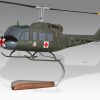
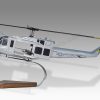


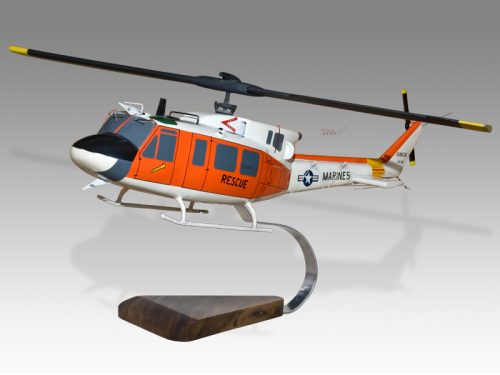
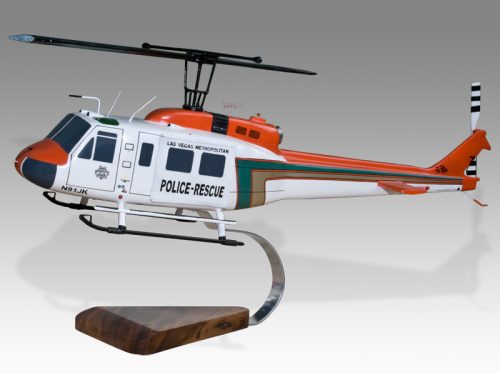
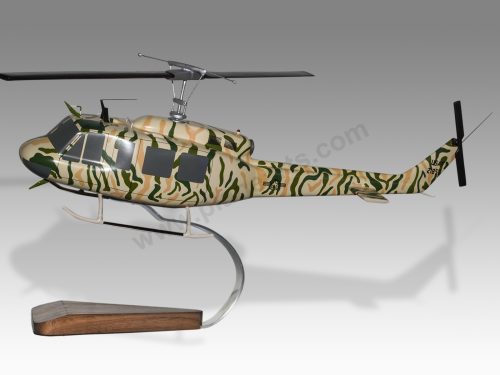
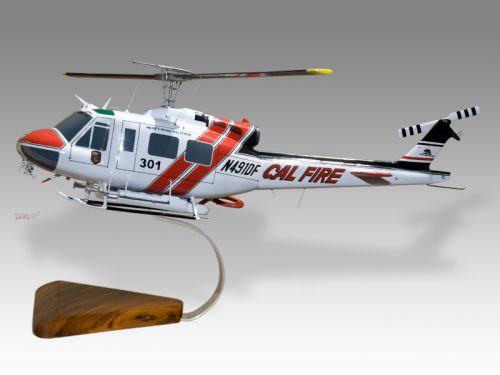

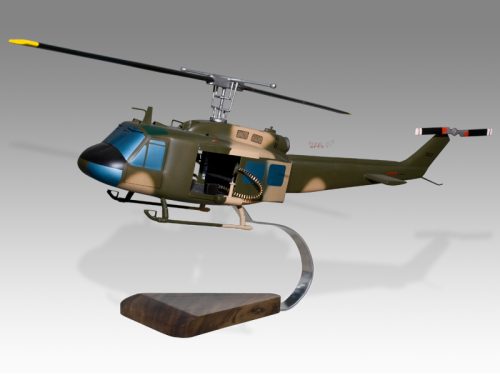
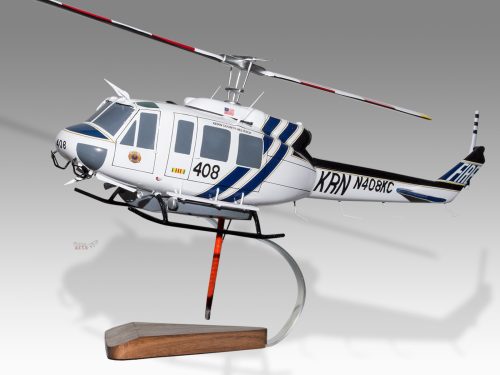
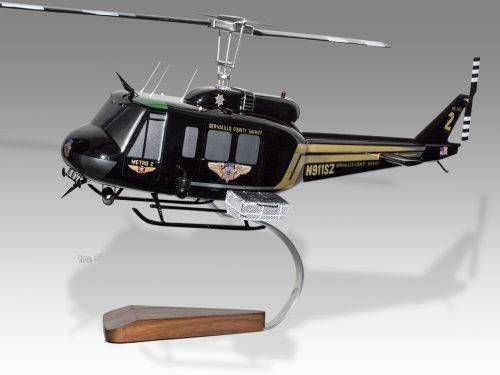
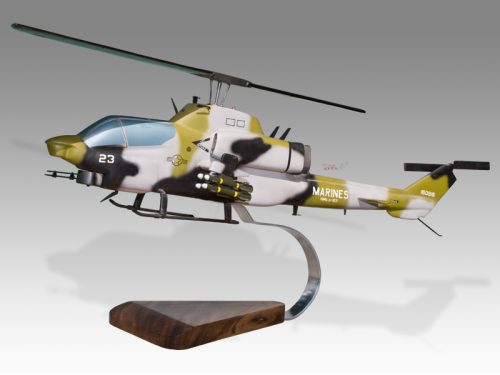
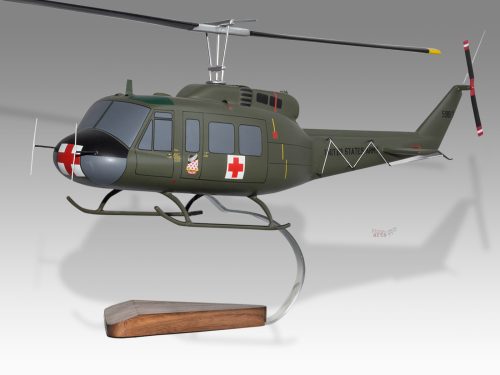


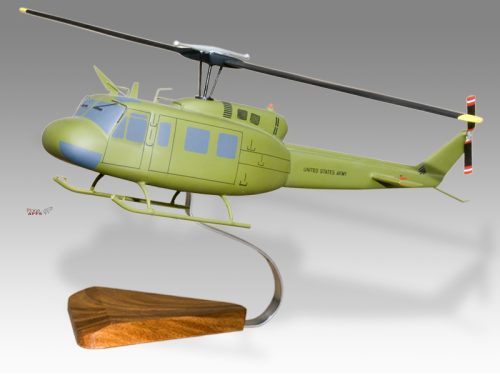
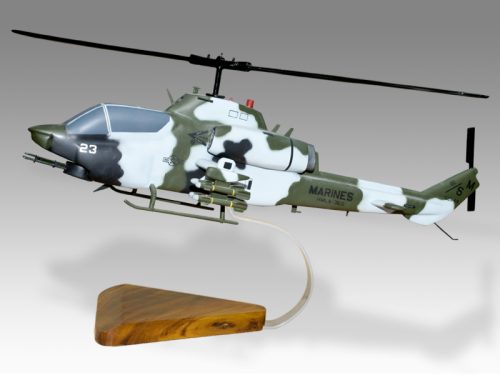
Reviews
There are no reviews yet.